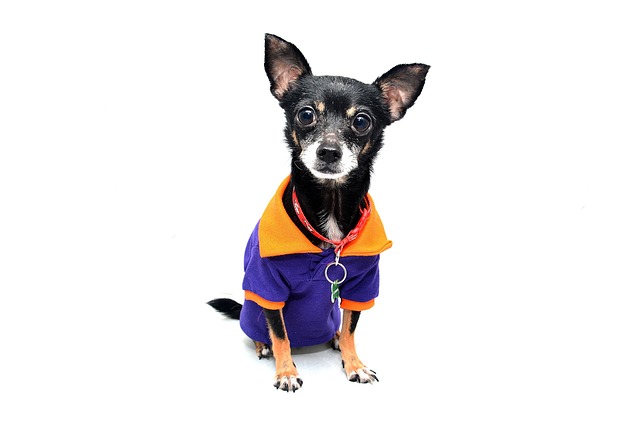
How do i train my dog to be obedient?
Watching your dog dart across the park ignoring your calls isn’t just frustrating—it can put them at risk near busy streets or public spaces.
Huskies are such a joy—their bright eyes, fluffy coats, and that playful energy that makes every day feel like an adventure. But let’s be real, their independent streak can make potty training tricky, especially when you’re trying to get them to stick to just one spot. It’s not that they’re being stubborn; they’re just wired to explore, which means without a little guidance, accidents can happen. The good news? With the right approach, you can help your husky learn exactly where to go, keeping your home clean and staying on the right side of local rules.
Training a husky to poop in one spot takes patience—these fluffy, energetic pups have minds of their own, but consistency turns chaos into routine. Start by picking a spot that’s easy for both of you: near a door for quick access, away from play areas or where kids hang out. Most areas have rules about pet waste, so make sure this spot is compliant—no blocking sidewalks or violating community guidelines that keep neighborhoods clean.
Watch for your husky’s cues: pacing, sniffing, or circling usually mean they’re ready to go. When you see those signs, scoop them up (or lead them on a short leash) straight to the chosen spot. Stay with them, and when they do their business, shower them with excitement—praise like “Good boy/girl!” and a tiny treat work wonders. Huskies thrive on positive reinforcement, so skip scolding if they mess up; it just confuses them.
 Stick to a schedule, too. Huskies are creatures of habit, so take them to the spot right after meals, naps, or playtime—usually 15 to 30 minutes later. If you’re out, ask a neighbor or pet sitter to keep the routine; breaks can set training back. Also, always clean up the waste promptly—many places fine owners for leaving pet poop, and it keeps the area healthy for everyone.
Stick to a schedule, too. Huskies are creatures of habit, so take them to the spot right after meals, naps, or playtime—usually 15 to 30 minutes later. If you’re out, ask a neighbor or pet sitter to keep the routine; breaks can set training back. Also, always clean up the waste promptly—many places fine owners for leaving pet poop, and it keeps the area healthy for everyone.
Some days will be harder than others. If your husky has an accident inside, don’t rub their nose in it. Instead, clean the area with an enzyme cleaner (regular soap leaves smells that attract them back) and try to figure out what went wrong—did you miss a cue? Was the schedule off? Adjust, and keep going. Huskies are smart, but they need time to connect the dots between the spot and the reward.
Before long, you’ll notice your husky heading to their spot on their own—and that’s a win for both of you. No more stressing about accidents or breaking local rules, and your pup gets to feel proud of doing the right thing. Remember, training isn’t just about teaching a skill; it’s about building trust with your husky. Take it step by step, celebrate the small wins, and you’ll both be happier for it.

Watching your dog dart across the park ignoring your calls isn’t just frustrating—it can put them at risk near busy streets or public spaces.

New puppy owners often find themselves rushing to clean up accidents before they set in, and that’s where puppy pad training becomes a game-changer.

If you've noticed your dog's waistline disappearing and your veterinarian has mentioned those few extra pounds, your first instinct might be to simply reduce the amount of food in their bowl.

Training a dog to use a designated spot indoors isn’t as daunting as many new owners fear, but it does take consistency and an understanding of your pet’s needs.

That moment of dread on a walk is all too familiar for many new dog owners. You see another dog approaching down the sidewalk of your neighborhood

If the sight of another dog on your neighborhood walk makes your heart sink as your own dog erupts into a frenzy of barking and lunging, you're not alone.